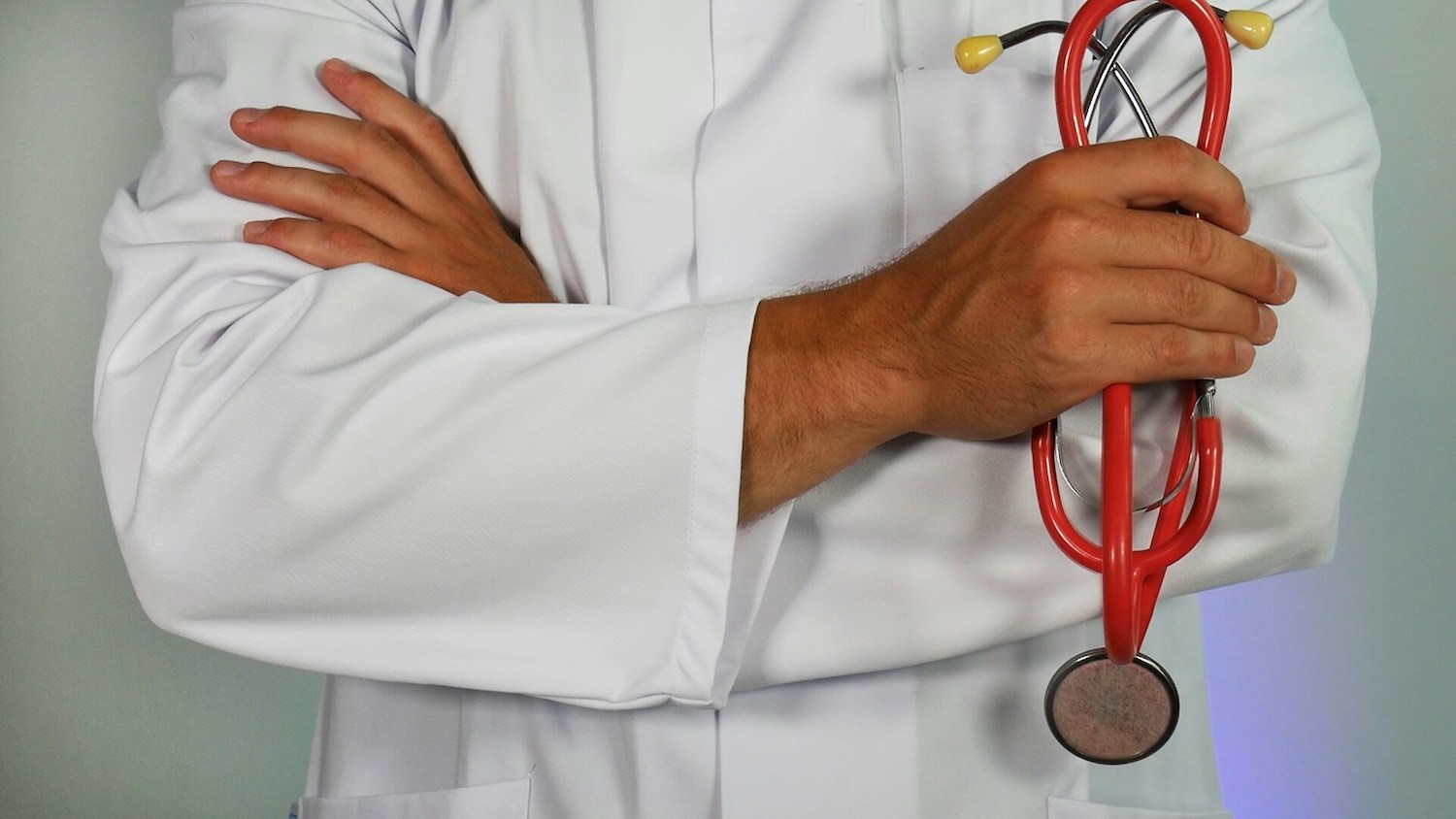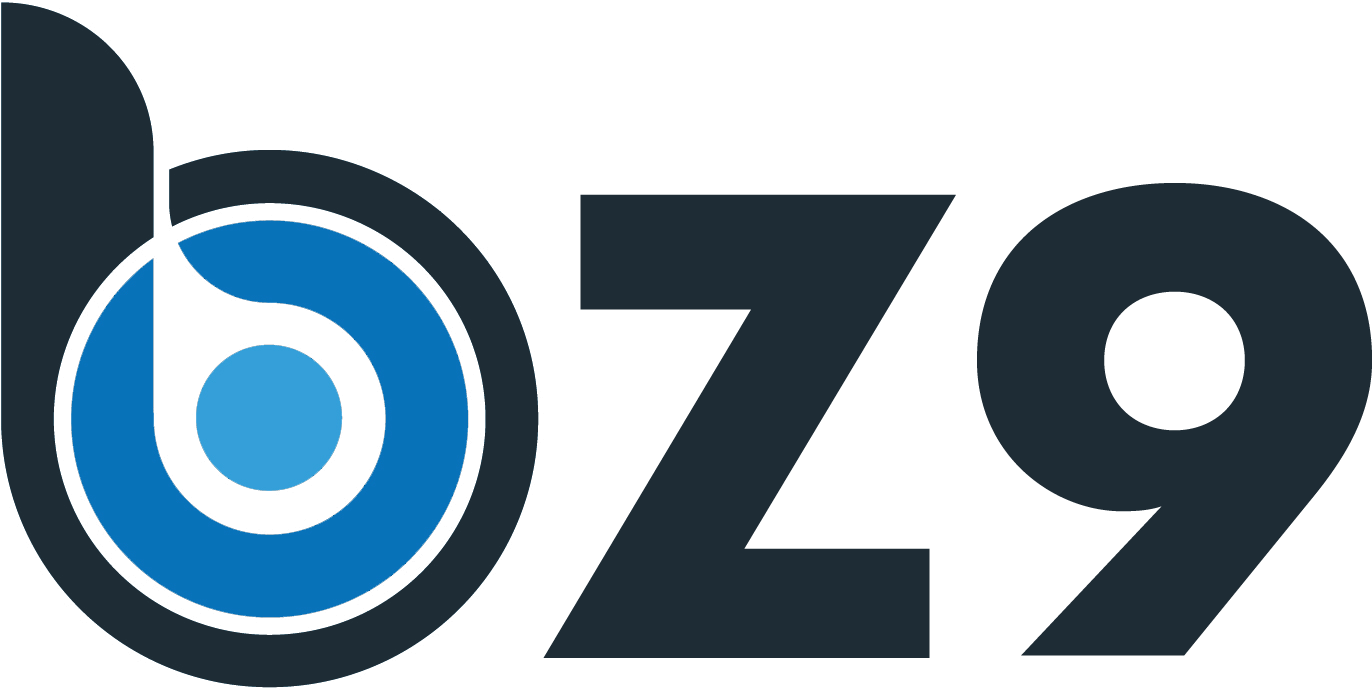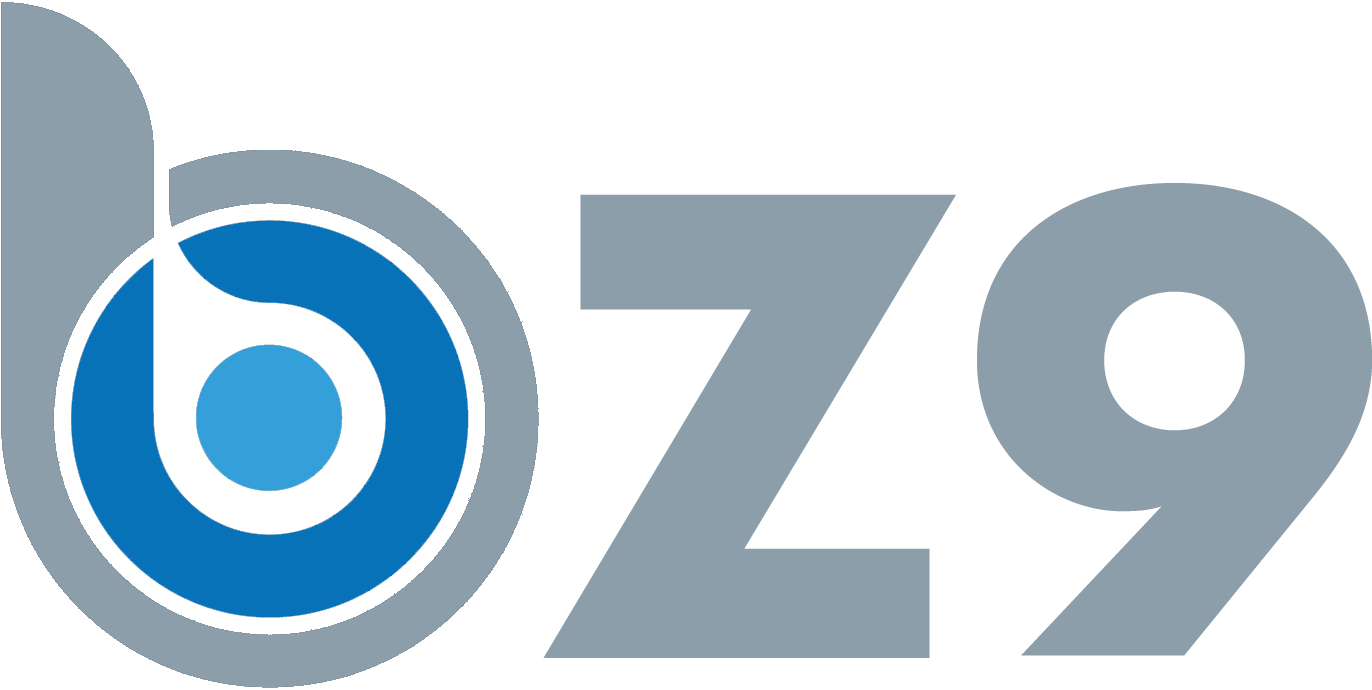
In the rapidly evolving landscape of healthcare, QR codes have emerged as a powerful tool to enhance patient care, streamline operations, and improve overall efficiency in medical practices. From hospitals to private clinics, doctors and dentists are leveraging this technology to provide better services and experiences for their patients. Let's explore how QR codes are revolutionizing healthcare and the various applications that are transforming the industry.
1. Patient Registration and Check-In
QR codes are simplifying the often tedious process of patient registration and check-in, reducing wait times and minimizing physical contact.
Benefits:
- Faster check-in process
- Reduced paperwork and data entry errors
- Minimized physical contact, enhancing hygiene protocols
Example: A large hospital in New York implemented a QR code-based check-in system and saw a 40% reduction in wait times and a 30% increase in patient satisfaction scores related to the registration process.
2. Access to Medical Records
QR codes can provide patients and healthcare providers quick access to medical records, ensuring that critical information is always at hand.
Benefits:
- Immediate access to patient history, allergies, and current medications
- Improved accuracy in treatment decisions
- Enhanced continuity of care across different healthcare providers
Example: A network of clinics in California introduced QR code-linked medical records, resulting in a 25% reduction in medication errors and a 15% improvement in diagnosis accuracy due to more comprehensive patient information availability.
3. Medication Information and Instructions
QR codes on medication packaging or prescription labels can provide patients with detailed information about their medications.
Benefits:
- Easy access to dosage instructions and potential side effects
- Ability to provide information in multiple languages
- Updates on drug recalls or new safety information
Example: A pharmacy chain implemented QR codes on prescription labels, leading to a 20% decrease in patient calls about medication instructions and a 15% improvement in medication adherence rates.
4. Appointment Scheduling and Reminders
QR codes can simplify the process of scheduling appointments and sending reminders to patients.
Benefits:
- Reduced no-show rates
- Improved scheduling efficiency
- Ability for patients to easily add appointments to their digital calendars
Example: A dental practice introduced QR code-based appointment scheduling and saw a 30% reduction in no-shows and a 25% increase in last-minute appointment bookings for available slots.
5. Telemedicine Integration
QR codes can facilitate easy access to telemedicine platforms, making remote consultations more accessible.
Benefits:
- Simplified process for joining virtual consultations
- Reduced technical difficulties for patients
- Ability to quickly share pre-consultation questionnaires or instructions
Example: A rural healthcare network implemented QR codes for telemedicine access, resulting in a 50% increase in remote consultation uptake and a 35% reduction in travel time for patients seeking specialist care.
6. Patient Education Materials
QR codes can link patients to educational resources about their conditions, treatments, or post-care instructions.
Benefits:
- 24/7 access to reliable, doctor-approved information
- Ability to provide multimedia content (videos, interactive guides)
- Easy updates to information without reprinting materials
Example: An orthopedic clinic used QR codes to provide post-surgery rehabilitation instructions, leading to a 40% improvement in patient compliance with recovery protocols and a 20% reduction in post-operative complications.
7. Contactless Payment
QR codes can facilitate contactless payment options for medical services, improving hygiene and efficiency.
Benefits:
- Reduced physical contact during transactions
- Faster payment processing
- Improved record-keeping for financial transactions
Example: A chain of urgent care centers implemented QR code payments, resulting in a 30% reduction in payment processing time and a 25% increase in patient satisfaction scores related to checkout experiences.
8. Equipment and Supply Management
QR codes can streamline inventory management in healthcare facilities.
Benefits:
- Real-time tracking of equipment and supplies
- Improved maintenance schedules for medical devices
- Reduced instances of equipment shortages or overstock
Example: A major hospital implemented QR code-based inventory management, leading to a 35% reduction in supply chain costs and a 50% decrease in incidents of critical equipment shortages.
9. Staff Training and Protocol Access
QR codes can provide healthcare staff with quick access to training materials, protocols, and guidelines.
Benefits:
- Ensures staff always have access to the most up-to-date information
- Facilitates on-the-job learning and reference
- Improves compliance with best practices and regulations
Example: A network of clinics used QR codes to provide access to constantly updated COVID-19 protocols, resulting in a 60% improvement in staff adherence to safety guidelines and a 40% reduction in protocol-related errors.
10. Patient Feedback and Surveys
QR codes can simplify the process of collecting patient feedback and conducting satisfaction surveys.
Benefits:
- Increased response rates to surveys
- Real-time feedback collection
- Ability to quickly address and resolve patient concerns
Example: A dental practice implemented QR code-based feedback collection, seeing a 150% increase in survey response rates and a 30% improvement in overall patient satisfaction scores within six months.
11. Clinical Trial Information and Recruitment
QR codes can provide information about ongoing clinical trials and simplify the recruitment process.
Benefits:
- Wider dissemination of clinical trial information
- Simplified application process for potential participants
- Ability to provide detailed information without overwhelming printed materials
Example: A research hospital used QR codes to share clinical trial information, resulting in a 40% increase in qualified applicants for trials and a 25% reduction in recruitment timelines.
12. Emergency Information Access
QR codes on medical alert bracelets or cards can provide quick access to critical patient information in emergencies.
Benefits:
- Immediate access to crucial medical information for first responders
- Ability to include more comprehensive information than traditional medical alert jewelry
- Easy updates to emergency contact information
Example: A city-wide implementation of QR code-based emergency information systems for at-risk patients led to a 30% improvement in first responder response times and a 25% reduction in medical errors during emergency treatments.
Implementing QR Codes in Healthcare: Best Practices
1. Ensure Data Security: Use encrypted QR codes and secure platforms to protect sensitive medical information.
2. Provide Alternatives: Always have non-digital alternatives available for patients who are not comfortable with technology.
3. Staff Training: Ensure all staff members are trained on how to use and explain QR code systems to patients.
4. Regular Updates: Consistently update the information linked to QR codes to ensure accuracy and relevance.
5. Accessibility: Design QR code systems with accessibility in mind, including options for visually impaired patients.
Challenges and Considerations
While QR codes offer numerous benefits in healthcare settings, there are challenges to consider:
1. Technology Access: Not all patients may have smartphones or be comfortable using QR codes.
2. Data Privacy: Strict measures must be in place to protect patient data and comply with regulations like HIPAA.
3. Integration with Existing Systems: QR code systems need to integrate seamlessly with existing electronic health record (EHR) systems.
4. Overreliance on Technology: There's a risk of overreliance on digital systems, which could be problematic in case of technical failures.
The Future of QR Codes in Healthcare
As technology continues to advance, we can expect to see even more innovative applications of QR codes in healthcare:
1. AI-Powered Diagnostics: QR codes could link to AI systems that assist in preliminary diagnoses based on symptoms.
2. Personalized Treatment Plans: QR codes could provide access to personalized treatment plans that update in real-time based on patient progress.
3. Virtual Reality Therapy: QR codes could launch VR experiences for pain management or mental health therapy.
4. Blockchain Integration: QR codes could be used to access secure, blockchain-based medical records for enhanced data security and portability.
Conclusion
QR codes are transforming the healthcare industry, offering innovative solutions to long-standing challenges in patient care, information management, and operational efficiency. From streamlining administrative processes to enhancing patient education and improving emergency response, the applications of QR codes in healthcare are vast and continually expanding.
As the technology becomes more integrated into healthcare systems, it has the potential to significantly improve patient outcomes, reduce errors, and enhance the overall quality of care. However, successful implementation requires careful consideration of data security, accessibility, and integration with existing systems.
For doctors, dentists, and healthcare administrators looking to stay at the forefront of medical innovation, embracing QR code technology offers a powerful tool to enhance their practice and improve patient care. As we move towards an increasingly digital future in healthcare, QR codes will undoubtedly play a crucial role in bridging the gap between physical and digital health management, ultimately leading to more efficient, effective, and patient-centered care.




